I wandered into a home improvement store over the weekend, originally planning to browse kitchenware. Instead, I ran into a veteran plumber with decades of experience in plumbing and electrical work, and we ended up chatting for quite a while. My curiosity got the better of me, and I asked, “Everyone's debating whether to install water purifiers for tap water these days. With all your experience in the field, what's your take on it?” The veteran smiled, set down his tools, and replied earnestly, “There's quite a bit to it. If you're interested, I'll explain.” Well, that certainly piqued my curiosity.
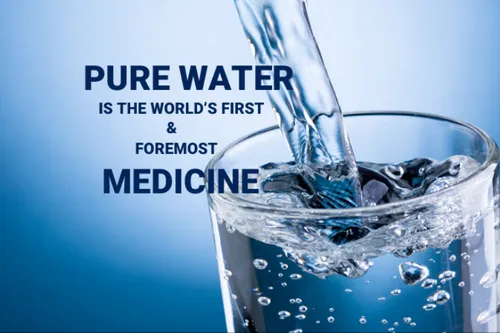
Analysis of Tap Water Quality
The veteran first walked me through the tap water production process. After drawing water from rivers, lakes, or groundwater, water treatment plants subject it to complex steps like sedimentation, filtration, and disinfection to ensure the tap water meets national hygiene standards. Take the “Sanitary Standards for Drinking Water” (GB 5749 - 2022), for instance—its requirements for microbial, chemical, and physical indicators are incredibly strict: Total bacterial count must not exceed 100 CFU per milliliter; No coliform bacteria, thermotolerant coliform bacteria, or Escherichia coli allowed per 100mL water sample; Lead content must be ≤0.01mg/L; Residual chlorine at the end of the distribution network must be ≥0.05mg/L, and so on—all to guarantee our water safety.
Meeting Standards at the Plant, but Risks During Transport
However, the journey from the water treatment plant to our homes is a bit unreliable. The veteran technician frowned and said, “Many people don't realize that even though the water leaving the plant meets standards, it's highly susceptible to contamination during transport through aging pipes and during secondary water supply processes.” Take the pipes, for instance. Many residential areas still use galvanized iron pipes laid decades ago. Over time, the pipe walls rust and corrode, releasing impurities like rust and sediment into the water. I recall when our water was cut off and then restored—the water flowing from the faucet was yellow at first, taking a while to clear up. That was probably rust being flushed out of the pipes.
For those living in high-rises, secondary water supply equipment is crucial. Yet in reality, some residential complexes' water tanks and towers go long periods without cleaning or disinfection, becoming overgrown with algae or even harboring animal carcasses. Who would feel safe drinking water like that? Health department statistics show that during random inspections of secondary water supply quality in our country, microbial contamination exceeded standards in a staggering 23% of cases—a truly alarming figure.
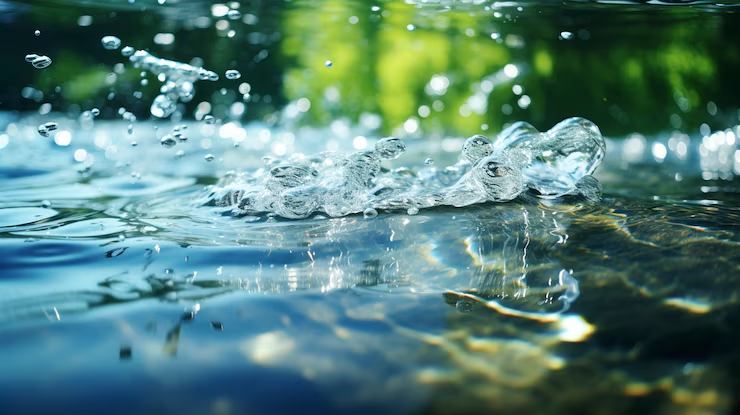
Regional Water Quality Variations
Beyond transportation issues, tap water quality varies significantly across different regions. An experienced technician explained: “In northern regions, water hardness is generally higher due to elevated calcium and magnesium ions. After boiling, kettles develop thick layers of scale. Southern areas have lower hardness, but industrial pollution and agricultural runoff can lead to higher levels of organic contaminants and heavy metals.” A friend in Shanxi mentioned that boiling water there produces excessive scale—he initially thought his kettle was faulty before realizing it was the water quality. Another friend in Guangdong complains that sometimes turning on the tap releases a faint chlorine smell. While understanding it's for disinfection, it still feels unsettling. These examples illustrate how water conditions vary significantly across regions, leading to different needs for water purifiers.
Benefits of Installing a Water Purifier
After hearing the veteran technician explain this, I gained a clear understanding of the current state of tap water and began pondering the role of water purifiers. The technician seemed to sense my thoughts and smiled, saying, “Now you know why so many people install water purifiers, right? These things offer countless benefits.”
Ensuring Safe Drinking Water
The primary function of a water purifier is to filter out various impurities in water, ensuring the safety of our drinking water. Common reverse osmosis water purifiers on the market achieve a filtration precision of 0.0001 microns. A human hair has a diameter of about 60-80 microns. The pore size of a reverse osmosis membrane is only one-sixtieth to one-eighth of a hair's width. With such tiny pores, it can trap all the harmful substances in water, including silt, rust, bacteria, viruses, and heavy metal ions.
A residential community once conducted a comparative water quality test, collecting samples before and after installing water purifiers. Untreated tap water showed bacterial counts of 500 CFU per milliliter—five times the national standard—along with visible rust and sediment. Heavy metal lead levels also slightly exceeded standards. After purification, bacterial counts were nearly undetectable, heavy metal levels fell far below national standards, and the water became crystal clear—fully meeting direct drinking water standards. This stark contrast demonstrates just how effective water purifiers are at improving water quality.
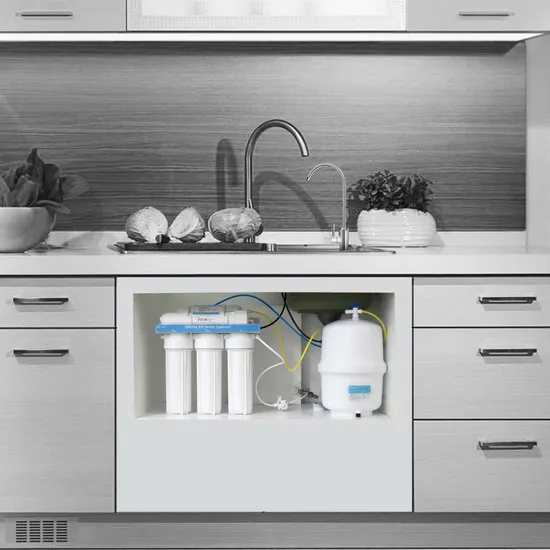
Enhancing Quality of Life
Beyond ensuring safe drinking water, water purifiers significantly elevate our quality of life. Taste-wise, purified water eliminates unpleasant odors and residual chlorine, resulting in a sweeter, more refreshing taste. Previously, when brewing tea with tap water, the flavor always seemed off, with the tea's natural aroma masked. Since installing the purifier, using filtered water to brew tea yields a clear, translucent brew with an enticing tea fragrance. The difference in taste compared to before is like night and day.
In terms of convenience, having a water purifier means we can enjoy clean, ready-to-drink water anytime—no more boiling water and waiting for it to cool. This is especially handy for families with young children; using purified water to prepare formula is both convenient and hygienic. I have a close friend with a young child. Before, preparing formula meant waiting ages for the water to cool, leaving her frantic while the baby cried from hunger. After installing the water purifier, that problem vanished—she can now mix formula directly with the filtered water. It's incredibly convenient.
Moreover, water purifiers protect our water-using appliances. As mentioned earlier, impurities and scale in water can damage appliances and shorten their lifespan. With a purifier, scale buildup is reduced, allowing appliances like water heaters, washing machines, and dishwashers to run more smoothly. This also saves a lot of money on repairs and replacements. Take our water heater, for instance. Before the filter, we had to call someone to descale it every so often. After installing the filter, two years have passed, and the heater still warms up quickly without any issues—it's been so much more worry-free.
Alternative Solutions Without a Water Filter and Their Drawbacks
After hearing the veteran technician list these benefits, I asked him, “If we don't install a water filter, are there other ways to get clean drinking water?” He shook his head and replied, " There are ways, but each has its drawbacks."
Using Community Water Vending Machines
Many residential complexes now have automatic water vending machines. These machines use a pump to pressurize water, passing it through multiple filtration stages—including activated carbon filters, PP cotton filter cartridges, and RO membranes—to produce purified water. It's sold via coin or card payment, and the price is quite affordable, usually just a few cents per liter. At first glance, this seems convenient, but practical use reveals several issues. First, fetching water is inconvenient. Each trip requires lugging a bucket back and forth. If your home is far from the machine or on a high floor, carrying water becomes physically demanding. I have a neighbor who lives on the sixth floor of a building without an elevator. Every trip to the water dispenser leaves them gasping for breath, and over time, they've grown too lazy to go. Additionally, the maintenance of these dispensers is concerning. While they're supposed to have their filters replaced and be disinfected regularly, in reality, many are poorly maintained. Some machines go ages without filter replacements, so their filtration becomes ineffective—failing to properly remove bacteria and impurities. Media reports have exposed water dispensers in residential areas with excessive bacteria levels. Worse still, some have been found with expired sanitation permits, rusty water collection areas, or even mold growth. How can you feel safe drinking water like that?
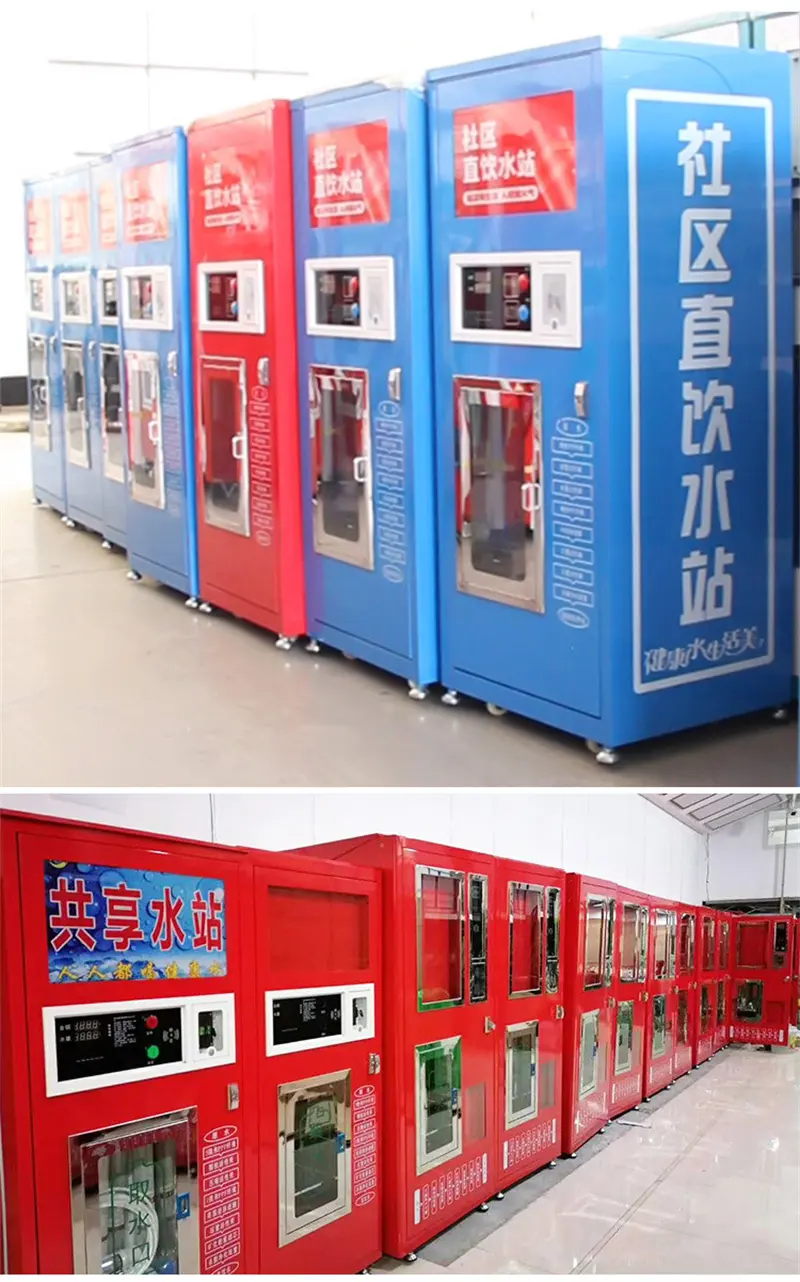
Drinking Bottled Water
Bottled water is also a popular choice for drinking water. It's typically purified, with low levels of impurities and microorganisms, and has a decent taste. Plus, it's convenient to purchase—just make a phone call, and the delivery person will bring the water right to your door. However, bottled water comes with a higher cost. Each barrel typically costs around 10 to 20 yuan, and over time, this adds up to a significant expense. For households with higher water consumption, the cost becomes even more substantial. When my family used bottled water, we spent several dozen yuan a month just on water alone—much more expensive than using tap water.
Additionally, bottled water has a short shelf life. Once opened, if it isn't consumed quickly, bacteria can multiply rapidly, easily contaminating the water. Studies show that after a week, the total bacterial count in opened bottled water can significantly increase, potentially exceeding national drinking water standards. Furthermore, if the water dispenser isn't cleaned regularly, it can also become a breeding ground for bacteria, causing secondary contamination. Once, when I opened the back cover of my water dispenser, I found it completely covered in grime—it looked disgusting. Since then, I've been a bit concerned about the hygiene of bottled water.

Recommendations for Selecting and Using Water Purifiers
After hearing all this, I've decided to install a water purifier. But with so many types available on the market at vastly different prices, how should I choose? The veteran technician seemed to read my mind and proactively shared some insights on selecting and using water purifiers. How to Choose the Right Water Purifier Filter Cartridges: The filter cartridge is the heart of the purifier. Different types offer varying filtration effectiveness and suitability for specific scenarios.
Common options include RO reverse osmosis and ultrafiltration cartridges.
RO reverse osmosis cartridges boast ultra-high filtration precision down to 0.0001 microns, removing nearly all impurities like bacteria, viruses, heavy metal ions, organic compounds, and inorganic salts. The resulting water is essentially pure, making it ideal for households with high water quality demands, poor local water sources, or heavy metal contamination. However, it also has drawbacks: it removes minerals from the water, requires electricity, and produces some wastewater.
Ultrafiltration cartridges have a filtration precision of 0.01 microns, capable of removing bacteria, viruses, and large organic molecules from water. However, they cannot effectively remove heavy metals and dissolved salts. The advantage is that it preserves beneficial minerals in the water, requires no electricity, and produces no wastewater. This makes it suitable for households with relatively good water quality who wish to retain minerals in their water, such as those in southern cities with high-quality water sources.
Flow Rate: Flow rate refers to the amount of purified water produced per unit of time, typically measured in gallons (G). A higher flow rate means faster water output, reducing the time needed to fill a cup. For households with many members and high water demand, choose a filter with a larger flow rate—like 600G, 800G, or even 1000G+. This accommodates multiple users simultaneously without long waits. My family of five, for instance, has concentrated morning routines like washing and cooking, making a low flow rate impractical. For smaller households with lower water consumption, a lower flow rate model suffices. It meets daily needs while offering more affordable pricing.
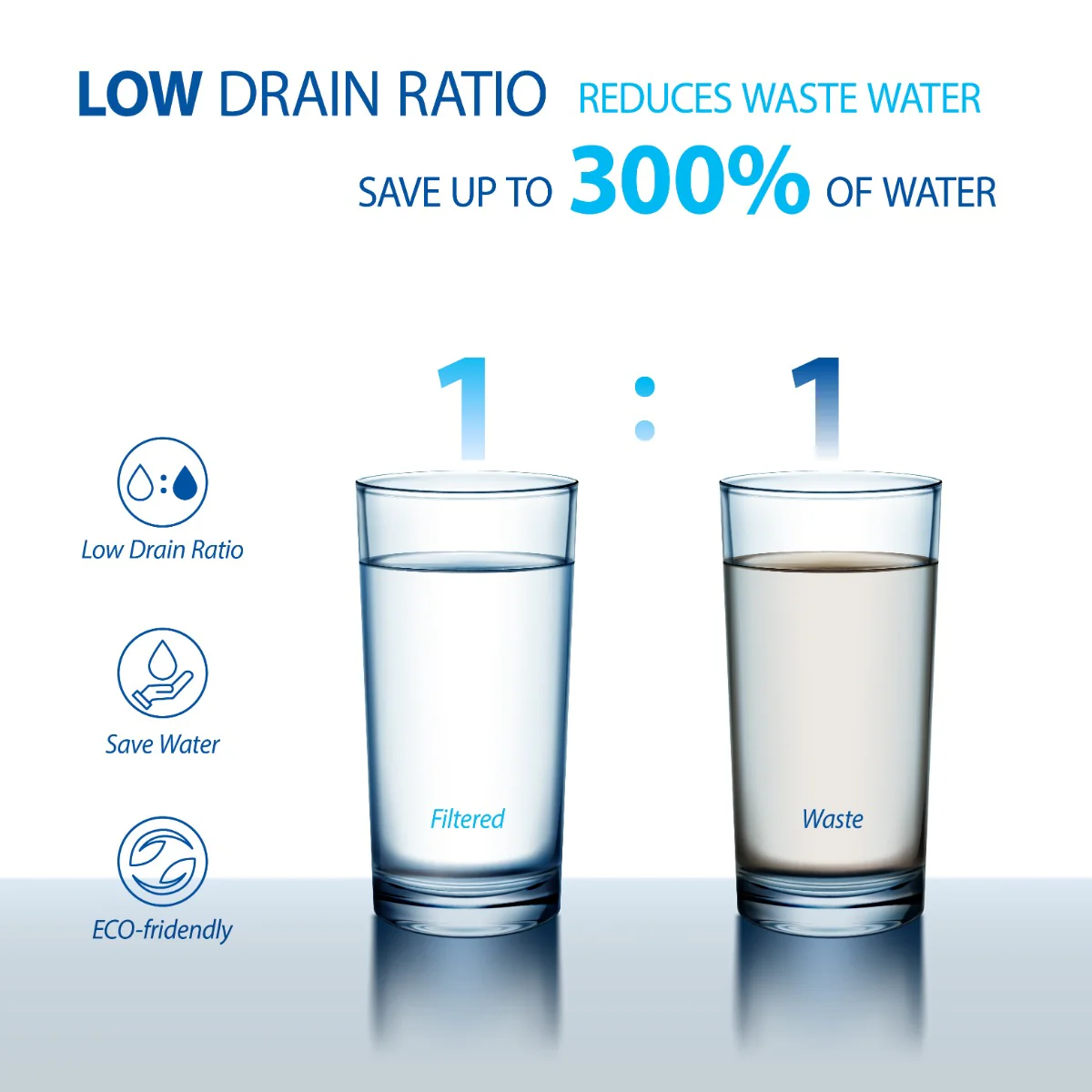
Wastewater Ratio: As mentioned earlier, RO reverse osmosis systems produce wastewater. The wastewater ratio indicates the volume ratio of wastewater to purified water. For example, a 2:1 ratio means 1 part wastewater is generated for every 2 parts purified water produced. A lower waste water ratio indicates higher water resource utilization and greater water conservation. When purchasing, prioritize products with a low waste water ratio to conserve water resources and save significantly on water bills over time. Some high-end water purifiers on the market now achieve waste water ratios as low as 3:1 or even better, which is quite impressive.
Brand After-Sales Service: Water purifiers are appliances for long-term use, making brand reputation and after-sales support crucial. Opt for well-known brands for better quality assurance. These brands typically offer comprehensive after-sales systems, including in-home installation, regular maintenance, and timely filter replacement services. Brands like Midea, Haier, and Xiaomi enjoy strong market reputations and positive user feedback. A friend of mine bought a water purifier from a lesser-known brand. It malfunctioned shortly after use. When he contacted the manufacturer, the after-sales service line was either unreachable or they kept delaying the resolution. In the end, he had to pay out of pocket for an external repair technician—a hassle and a waste of money. So, to avoid such situations, always choose a reliable brand.
Proper Use and Maintenance of Water Purifiers
Regularly Replace Filter Cartridges: Filter cartridges have a limited lifespan. Over time, they become clogged with impurities, leading to reduced filtration effectiveness. Therefore, always replace filter cartridges regularly according to the instructions in the manual. Typically, replace PP cotton filters every 3-6 months, activated carbon filters every 6-12 months, and ultrafiltration or reverse osmosis membrane filters every 1-3 years. Some water purifiers feature filter replacement reminders—a convenient feature. Pay attention to these alerts promptly. Don't hesitate to replace filters, as delaying can compromise water quality.
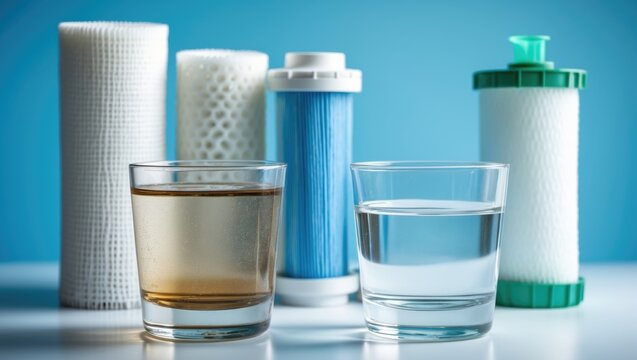
Cleaning the Unit and Piping: Beyond filter replacement, regularly cleaning the water purifier's body and internal piping is crucial. Dust and grime accumulate on the surface during use; wipe it down with a clean, damp cloth to maintain cleanliness. Over time, bacteria and sediment can build up inside the piping, compromising water quality. Some purifiers feature an automatic flushing function, which can be activated periodically. If your unit lacks this feature, we recommend manually cleaning the pipes every 3-6 months. Refer to your purifier's user manual or consult the manufacturer's customer service for specific cleaning instructions.
Pay attention to the usage environment: Install the water purifier in a dry, well-ventilated area away from direct sunlight. Ultraviolet rays in sunlight accelerate the aging of internal materials, shortening the product's lifespan. Also, ensure the installation location provides sufficient space for future maintenance and filter replacement. If your home has unstable water pressure—either too high or too low—it may affect the purifier's normal operation. In such cases, installing a pressure reducer or booster pump may be necessary to regulate water pressure.
Handling Extended Non-Use: If the purifier will remain unused for an extended period (e.g., during travel or business trips), turn off the water supply and drain all residual water from the unit before departure to prevent bacterial growth. Upon return, thoroughly rinse the purifier to flush out any potential impurities or bacteria from the pipes before resuming normal use.
The veteran technician's advice proved incredibly practical, giving me a much more comprehensive understanding of selecting and using water purifiers.
After this conversation with the veteran technician, my understanding of tap water and water purifiers has deepened. While water treatment plants provide water meeting national standards, there is indeed a risk of contamination during transportation and storage. Installing a water purifier is undoubtedly an excellent way to ensure household water safety, allowing us to drink cleaner, healthier water and enhance our quality of life.
Of course, whether to install a water purifier should be based on your household's specific circumstances. If your area has good water quality, newer pipeline infrastructure, and well-regulated secondary water supply management, you might manage daily needs without one. But if you have high water quality standards or local water issues, installing a purifier is a wise choice.
Hopefully, these honest insights shared by an experienced technician today offer some helpful reference points regarding tap water and water purifiers. If you have any further questions or want to share your experiences with water purifiers, feel free to leave a comment below!

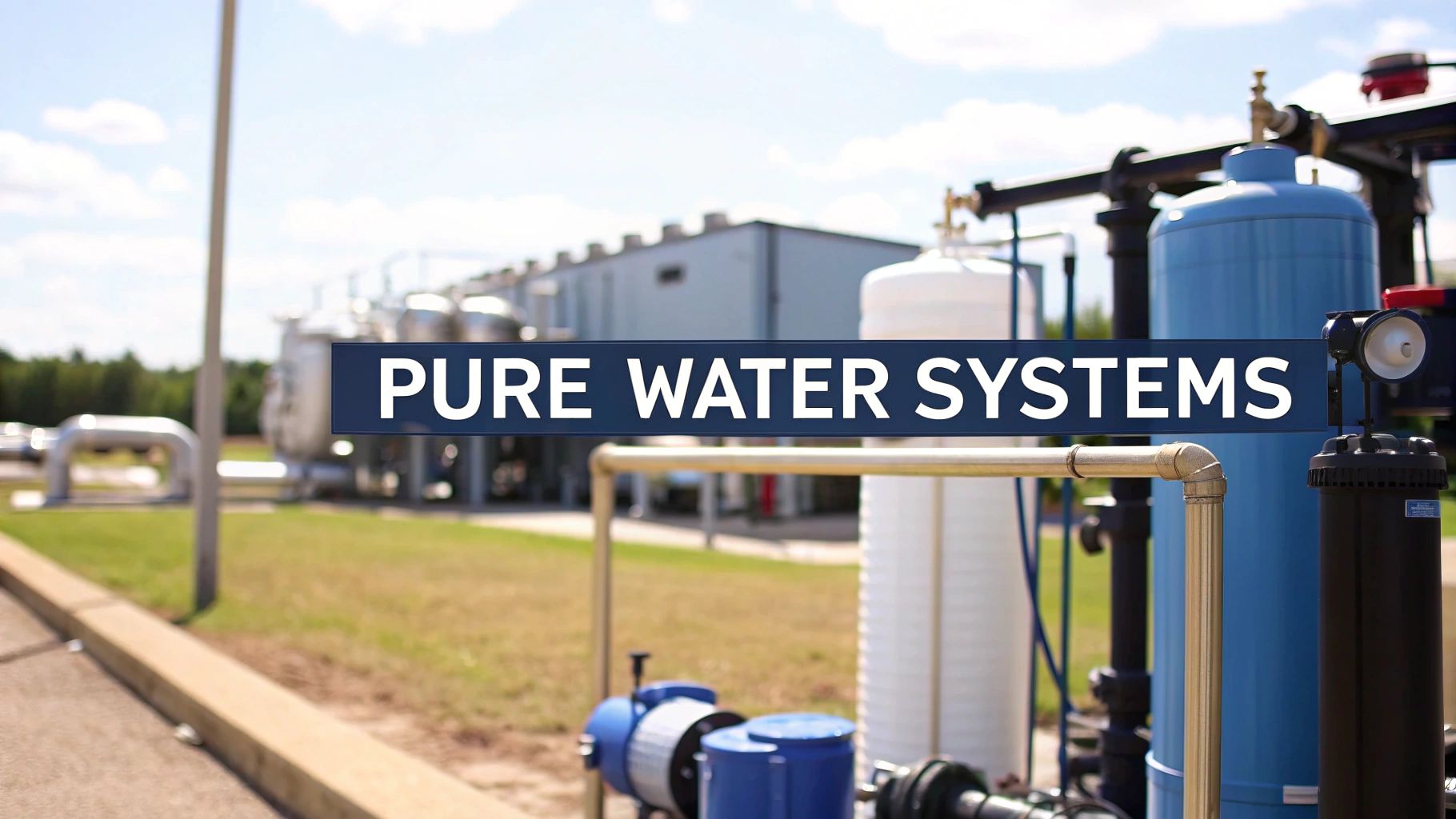 How to Precisely and Effectively Reduce RO System Operating Costs? Are You Aware of These “Hidden Tricks”?
How to Precisely and Effectively Reduce RO System Operating Costs? Are You Aware of These “Hidden Tricks”?
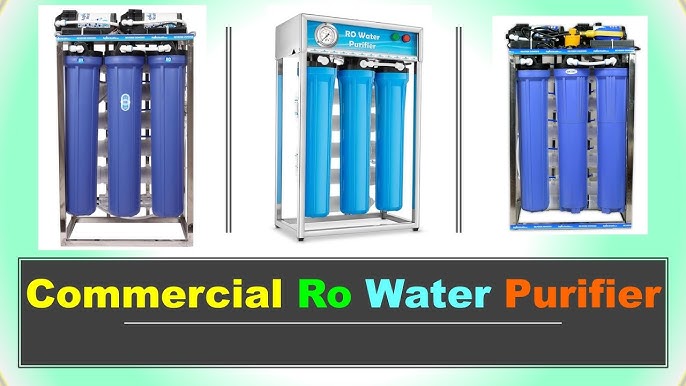 Let Every Drop of Care Take Root: These Places Deserve the Gentle Protection of a Commercial Water Purifier
Let Every Drop of Care Take Root: These Places Deserve the Gentle Protection of a Commercial Water Purifier
 Water Treatment Technologies | Differences Between RO Reverse Osmosis Membranes, Ultrafiltration Membranes, and Nanofiltration Membranes
Water Treatment Technologies | Differences Between RO Reverse Osmosis Membranes, Ultrafiltration Membranes, and Nanofiltration Membranes
 Industrial Water Purification Equipment: Making Your Production Safer, More Efficient, and More Eco-Friendly!
Industrial Water Purification Equipment: Making Your Production Safer, More Efficient, and More Eco-Friendly!